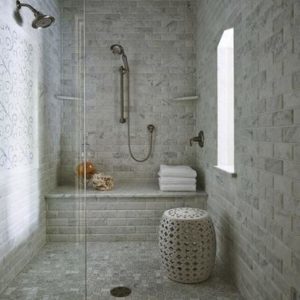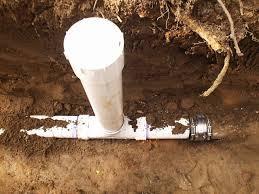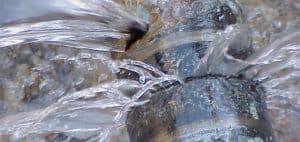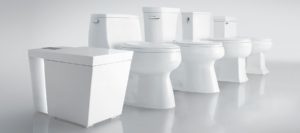Drain clogs are nasty plumbing issues. Drain clogs occur when there is a solid foreign object blocking the flow of waste water in your drainage and sewer system. Drain clogs usually occur in your kitchen sink drains and in your shower or bathtub drains. We have already discussed how to remove kitchen drain clogs in this blog. That is why today we are going to focus on shower drain clogs. Shower drain clogs are usually caused by hair, soap remnants, and other bathroom products. These solid objects are usually deposited in your shower drain pipes. Over time, the hair becomes entangled into a fine mess. This fine mess traps all the tiny bits of soap and other debris that passes through your shower drains. This is the main cause of shower drain clogs. But you should also note that dental floss is another major cause of drain clogs. Dental floss is just like hair. One piece cannot cause a drain clog but when you bring together many pieces, you will have a serious problem on your hands. You can try to prevent shower drain clogs by installing a screen trap on the shower drain. But there is still a chance of hair and other debris passing through. That is why you need to know how to unclog your shower drains when the inevitable clog occurs. This article will teach you how to remove clogs from your shower drains.
Use A Drain Claw
A drain claw is one of the most effective tools for removing a shower drain clog. The drain claw is specially designed to catch hair and other debris that might be clogging your shower drains. The drain claw looks like a wire with an auger at one end. The auger has very many interlocking hooks. If you ever have a shower drain clog, you can use the auger to remove it. Just insert the end with the hooked auger inside your clogged shower drain. You have to remove the screen trap before inserting the drain claw. After inserting the drain claw, move it or maneuver it inside the clogged drain pipe to reach the clog. Twist it around in the clogged drain pipe until you feel that you have attached a lot of solid waste on the hooks. Remove the drain claw and dispose the solid waste properly to clear your shower drains.
Use A Plunger
You can also use a shower drain plunger to unclog your shower drains. There are two main types of plungers. There is a toilet plunger and a kitchen sink drain plunger, which can also be used to unclog your shower drains. Make sure that you always have the two types of plungers in your house. We all know how to use a plunger. Just place it on your clogged shower drain and do the up and down movement. The plunger might be able to dislodge the clog.
Call A Professional Plumber
If all these DIY solution fail to dislodge the clog in your shower drains, call a professional plumber for assistance. Request professional DC plumbing services to remove the clog from your shower drains. Remember that a serious shower drain clog can cause a sewer backup in your bathroom. Stubborn clogs should be handled by professional plumbers ASAP.
http://plumberindc.com/how-to-remove-a-clog-in-your-shower-drains/

